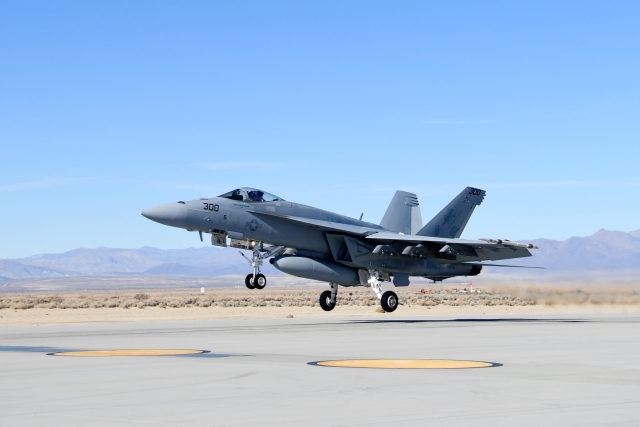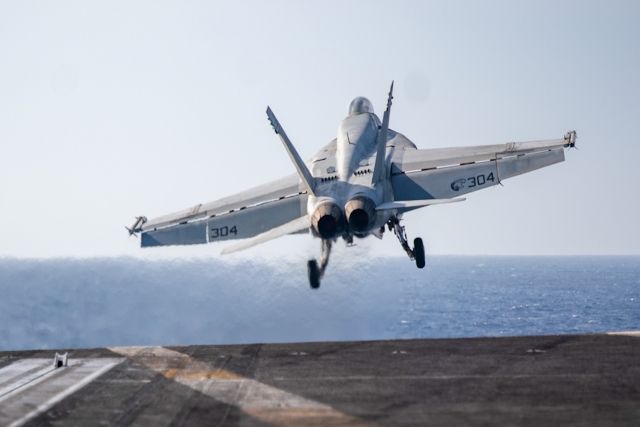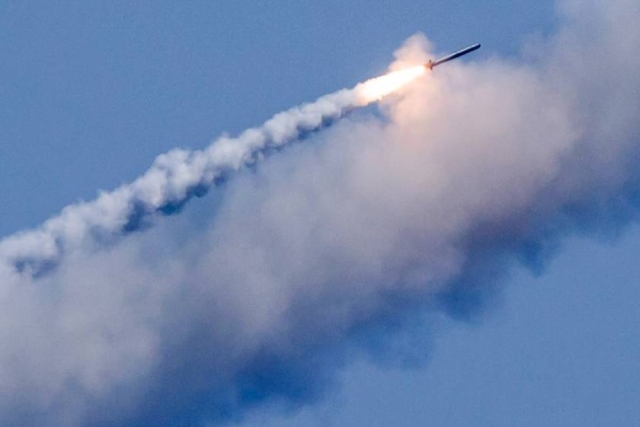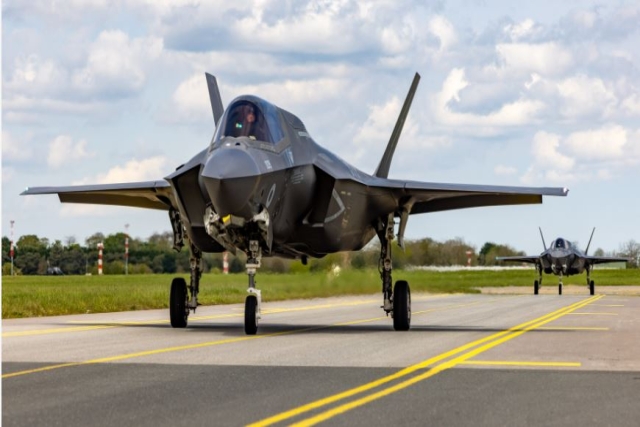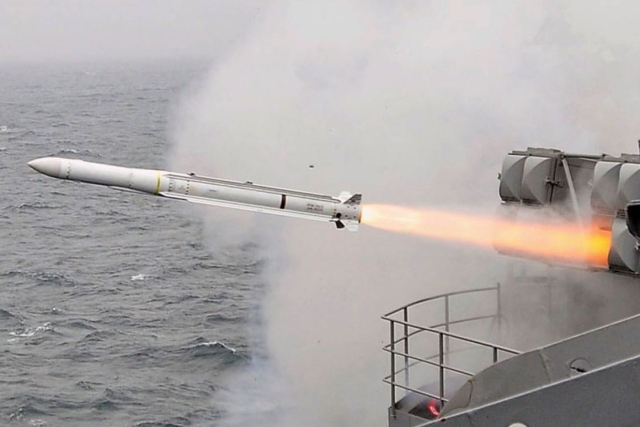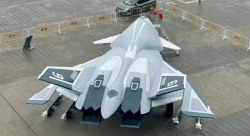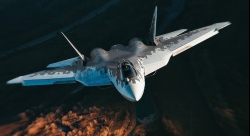U.S. Navy Aircraft Carrier Loses Second F/A-18 Fighter Jet in Red Sea in a Fortnight
Latest incident aboard USS Harry S. Truman raises questions as investigation launched into arrestment failure and recent operational challenges
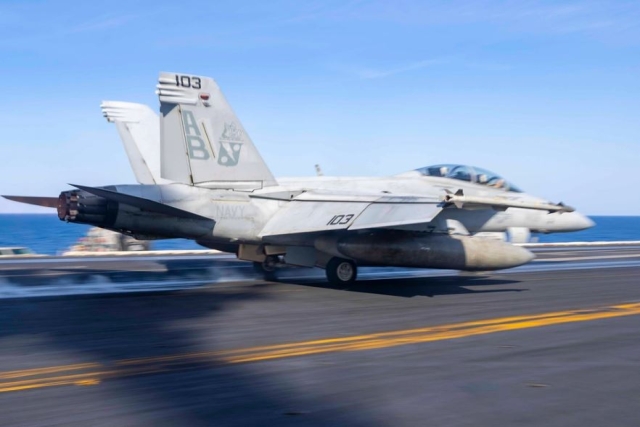
The U.S. Navy has lost another F/A-18 fighter jet from the USS Harry S. Truman aircraft carrier, marking the second such incident in just over a week.
The latest mishap occurred Tuesday night when an F/A-18F Super Hornet failed to land safely and plunged into the Red Sea. The two aviators onboard — the pilot and weapons systems officer — ejected safely around 9:45 p.m. local time and were later recovered by a Navy rescue helicopter. Both suffered minor injuries, reports say.
The aircraft was attempting to land on the carrier when it experienced what officials described as a “failed arrestment.” On aircraft carriers, landing jets rely on a tail hook system that catches a heavy wire stretched across the flight deck to bring the plane to a halt. One officer explained that in this case, the hook failed to catch, and the jet rolled off the deck into the sea.
A formal investigation has been launched, according to the Navy.
This comes only eight days after another F/A-18E Super Hornet was lost from the Harry S. Truman during towing operations. In that earlier incident, the aircraft, along with its tow tractor, fell overboard after crew members lost control of the plane inside the hangar bay. A sailor suffered a minor injury, the Navy Chief of Information’s Bahrain office confirmed in a statement.
“The F/A-18E was actively under tow in the hangar bay when the move crew lost control of the aircraft. The aircraft and tow tractor were lost overboard,” the Navy statement said. “Sailors towing the aircraft took immediate action to move clear before it fell overboard. An investigation is underway.”
Each F/A-18 fighter jet costs upwards of $60 million.
The Harry S. Truman Carrier Strike Group consists of nine squadrons under Carrier Air Wing 1, three guided-missile destroyers of Destroyer Squadron 28, and the Ticonderoga-class cruiser USS Gettysburg. The carrier itself is over 1,000 feet long and can host up to 85 aircraft.
On Tuesday, Iran-backed Houthi rebel group reportedly fired at the Harry S. Truman, despite a reported ceasefire announced earlier by President Donald Trump. It remains unclear whether the two events are connected.
The Red Sea has become an increasingly dangerous operating zone for U.S. naval forces since late 2023, as Houthi rebels began targeting commercial and military vessels. In early 2024, a U.S. destroyer in the region had to use its Phalanx Close-In Weapon System — the ship’s final missile defense line — when a Houthi-fired cruise missile approached to within a mile.
The Harry S. Truman itself has faced several operational problems during its current deployment. In December, another F/A-18 jet was mistakenly fired upon by the USS Gettysburg and crashed into the Red Sea, though both aviators ejected safely. In February, the carrier was involved in a collision with a merchant ship near Egypt in the Mediterranean, an incident that led to the removal of then-commander Captain Dave Snowden.
With two aircraft lost in rapid succession, the Navy’s investigation will likely focus on mechanical, procedural, and operational factors to determine the cause of the incidents and prevent future losses.
